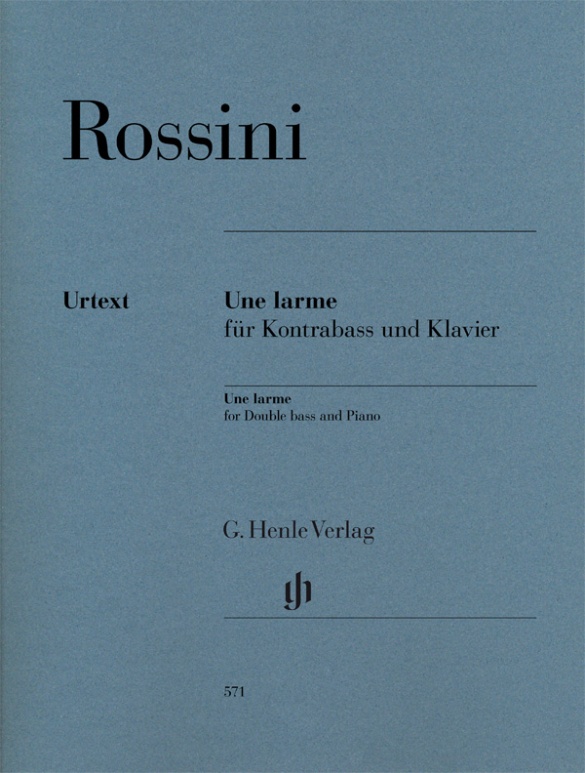

Gioachino Rossini
Une larme for Double Bass and Piano
In the late 1850s, when Rossini was composing only for his own private pleasure, he wrote a little elegy for double bass and piano that he entitled “une larme” (“a tear”). Its theme also served as the basis for a larger-scale set of variations for cello and piano. The importance that Rossini ascribed to this short piece for double bass is demonstrated not least by the fact that he made a richly ornamented dedication copy of it in 1858. This hitherto little-known source is in Russia and has now been consulted for the first-ever time for a critical Urtext edition. As in Henle’s other Urtext editions for this instrument, the double bass specialist Tobias Glöckler has prepared a version in solo tuning and orchestral tuning and added fingerings and bowings to the solo part.
Read more about this edition in the Henle Blog.
Content/Details
About the Composer
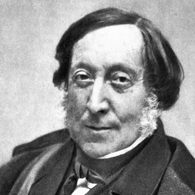
Gioachino Rossini
Leading opera composer of his age. His dynamic music elicited storms of enthusiasm among audiences such as hardly any other composer before him had received.
| 1792 | Born in Pesaro on February 29; mother a singer, father a horn player. Early musical education. |
| 1812–13 | Composition and premieres of farces for the Teatro San Moisè in Venice, the best-known among them being “Il signor Bruschino, ossia Il figlio per azzardo” (“Signor Bruschino, or the Accidental Son,” 1813). |
| 1813 | Breakthrough with the serious opera “Tancredi” and the dramma giocoso “L’italiana in Algeri” (“The Italian Girl in Algiers”), in which his typical rhythmically spirited and stirring music and his legendary crescendo are already front and center. |
| 1815–22 | Relocation to Naples, where his serious melodramas most popular today were premiered, including “Otello ossia Il moro di Venezia” (1816), “Mosè in Egitto” (1818), “La donna del lago” (1819), “Maometto II” (1820). |
| 1816 | Premiere in Rome of his most popular opera, “Il barbiere di Siviglia,” with exceptionally rousing music. |
| 1817 | Premiere in Rome of the opera buffa “La Cenerentola,” and in Milan of the melodramma semiserio “La gazza ladra” (The Thieving Magpie). His operas dominate the stages of Italy. |
| 1824–30 | Director of the Théâtre-Italien in Paris. Premiere of subsequent operas at the Académie Royale de Musique, the last and most important being “Guillaume Tell” (1829), which paves the way for grand opera. After his contract is canceled during the July monarchy, he ceases to write operas. |
| 1832/42 | Composition of the Stabat Mater. |
| 1839 | Return to Italy as permanent advisor at the Liceo Filarmonico in Bologna. |
| 1855 | Permanent residence in Passy, near Paris. Composition of chamber works. |
| 1864 | Premiere of the “Petite messe solennelle.” |
| 1868 | Death in Passy on November 13. |
About the Authors
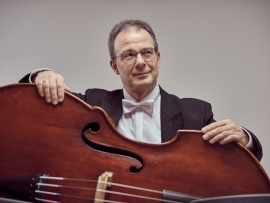
Tobias Glöckler (Editor, Fingering and bowing for Double Bass)
Tobias Glöckler is associate principal double bass player at the Dresdner Philharmonie and a prizewinner of the International ISB Double Bass Competition (USA). He studied with Konrad Siebach at the Music Conservatory in Leipzig, perfecting his skills with Jeff Bradetich (Chicago) and Ulrich Lau (Stuttgart). While studying, he was principal double bass player with the International Gustav Mahler Youth Orchestra under Claudio Abbado. He has performed as a soloist with different orchestras, including the Dresdner Philharmonie with Ton Koopman. In addition he has made recordings for radio and has made guest appearances at diverse music festivals. He is a founding member of and solo bass player with the “ensemble frauenkirche” and has explored a great many chamber music works with the Dresdner String Quintet.
Glöckler teaches at the music conservatory in Dresden. His efforts concerning the revival of the “Viennese Tuning” have been rewarded with a Distinguished Achievement Award for historical performance practice.
Photo © markenfotografie
Product Safety Informations (GPSR)

G. Henle Verlag
Here you can find the information about the manufacturer of the product.G. Henle Verlag e.K.
Forstenrieder Allee 122
81476 München
Germany
info@henle.de
www.henle.com
The musical text is given twice, once in A minor (for bass in standard orchestral tuning) and again a tone higher for the brighter solo tuning. The solo part (a single sheet) has the clean Urtext version on one side and the editor`s minimal additions on the reverse; in other words, help where it might be needed without unnecessary interference. All in all, an excellent little edition, worth every cent.
Early Music Review, 2018The present edition provides double-bass players with the choice of an orchestral or a solo tuning part, and corresponding piano parts in A minor and B minor are included. Additionally, it contains marked and unmarked solo parts. Bowing and fingerings are suggested by editor Tobias Glöckler. An insightful Preface, and helpful footnotes and comments on notation, signs, and articulation complement Henle`s fastidious new printing.
Strings Magazine, 2018recommendations
autogenerated_cross_selling
Further editions of this title
Further editions of this title


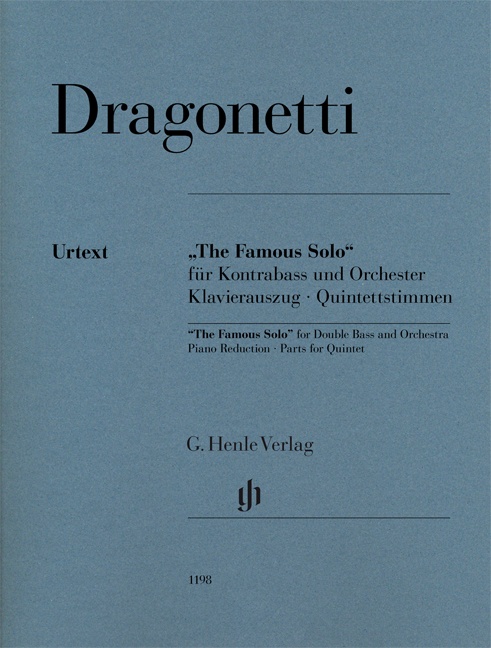
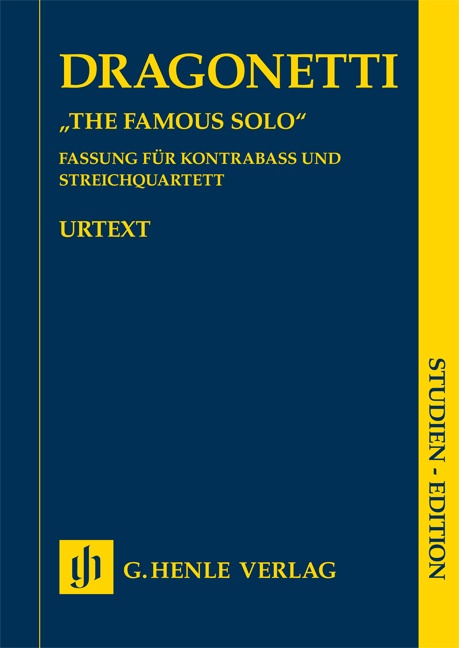

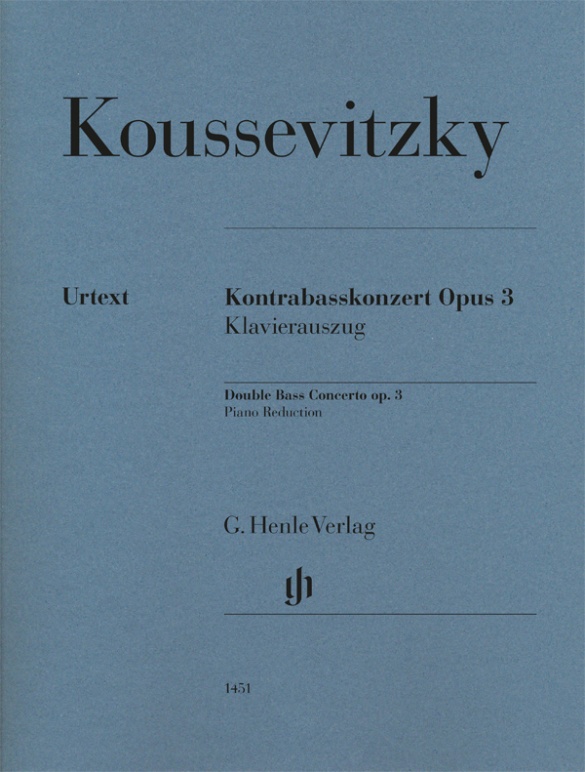
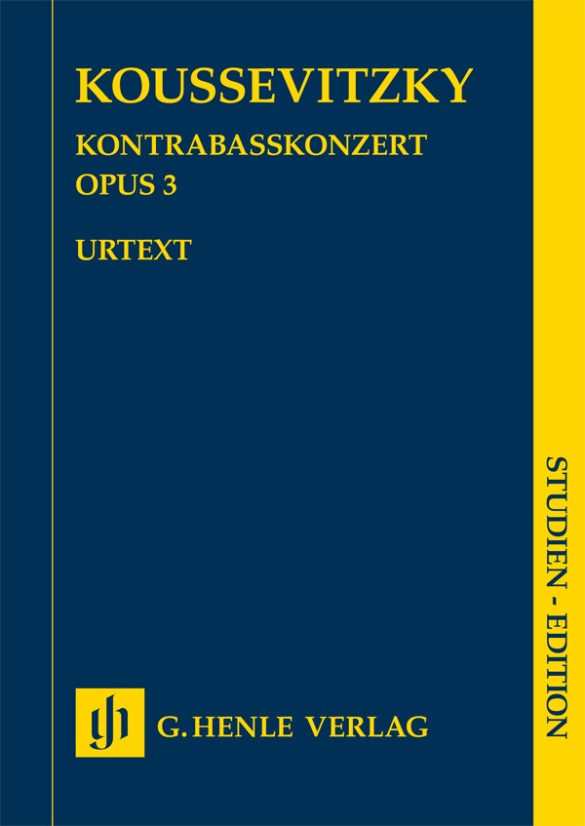
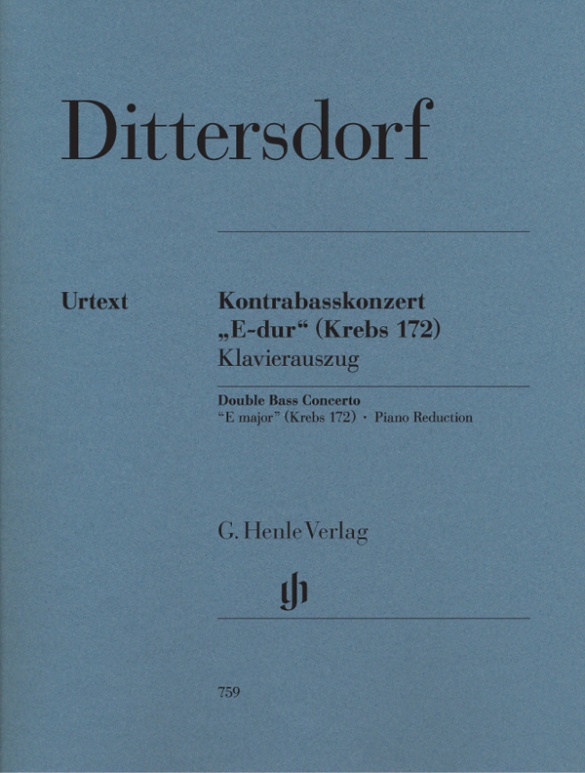
with marked and unmarked string part
for solo- and orchestral tuning